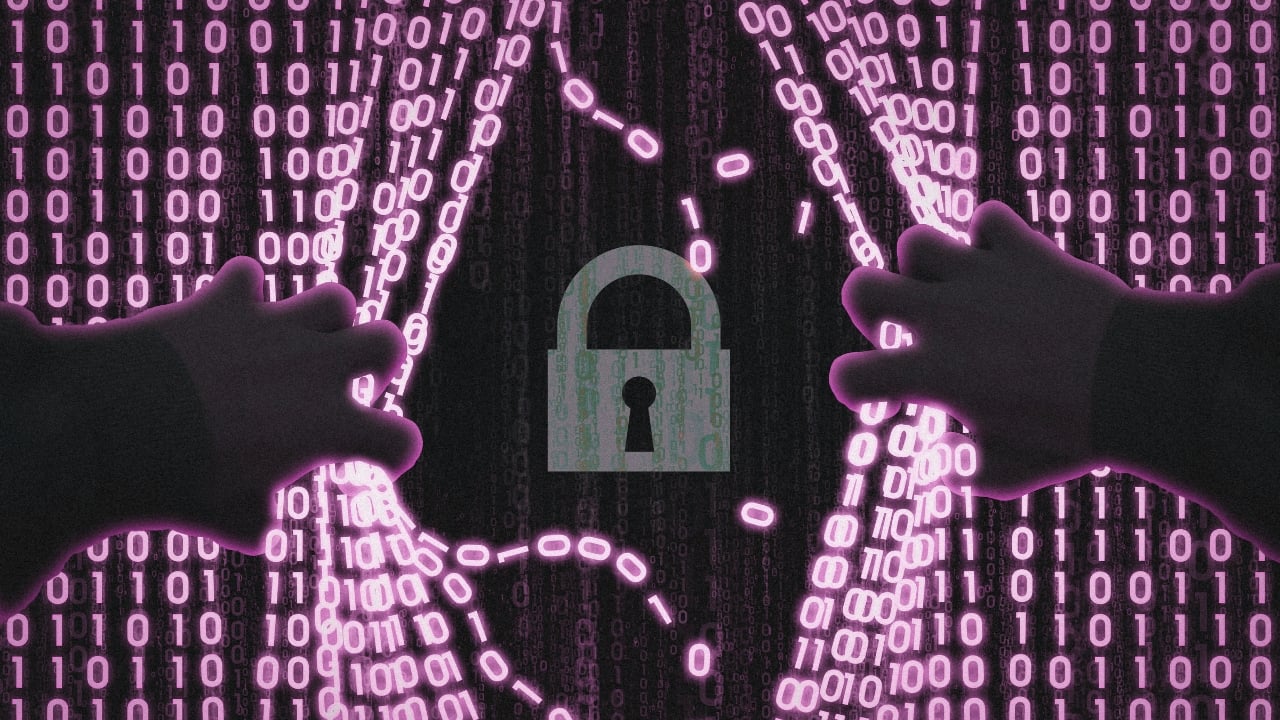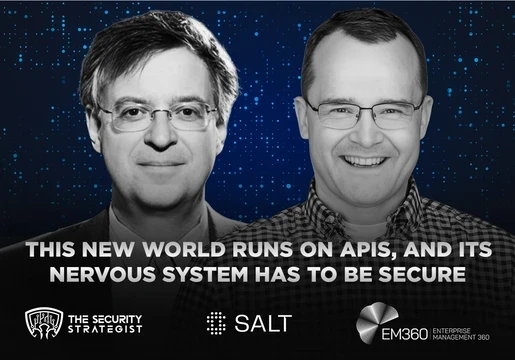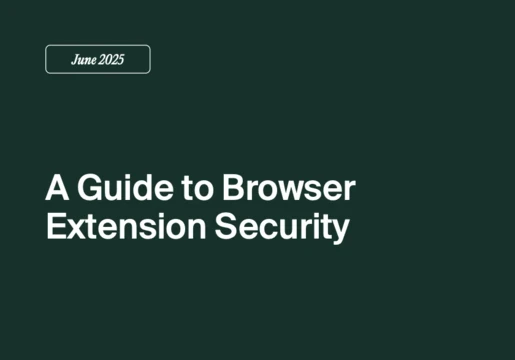When people think of a hacker, it’s highly likely they picture a hooded criminal hunched over a keyboard in a dark room. But the reality is that hacking has become big business — and it’s not all malicious.
While black-hat hackers still exist, hacking has transcended its wholly negative connotations and become an integral part of cybersecurity practices. This is in part thanks to several ethical hackers who have changed the hacking world for good and transformed cybersecurity as we know it.
Today, hacking has evolved into a crucial aspect of cybersecurity, and organisations are continuously looking for the best and most famous hackers to protect their organisations from cybercrime.

What is a Hacker?
A hacker is someone who uses their technical computer skills to break into IT systems or networks. They might do this for personal gain like stealing data or money, to cause damage, or for some other malicious reason. This is the image that most people think of when they hear the word "hacker" today.
However, there are also ethical hackers, otherwise known as "white hat" hackers, who use their hacking skills for good purposes. This can include finding and fixing security vulnerabilities in computer systems.
There's also the middle ground with so-called "grey hat" hackers who use their hacking skills for purposes that are neither clearly malicious nor entirely ethical.
Hackers sometimes work in gangs that collaborate to commit cybercrime. They operate like a typical business with a structured hierarchy, with members specializing in different areas of cybersecurity expertise. Some of the most famous hacker groups include LockBit, BlackCat, and Evil Corp.
What is Ethical Hacking?
Ethical hacking is the practice of using hacking techniques to identify and exploit vulnerabilities in a computer system, network, or application for the sole purpose of improving security.
This process uses the same tools and techniques as malicious hackers but with transparency and the explicit permission of the owner. But unlike traditional hackers, once they find a vulnerability, they don't exploit it.
Instead, they document their findings, explain the risks, and suggest ways organisations can patch things up to prevent cyber attacks and keep crucial data safe.

By simulating real-world attacks, ethical hackers can uncover weaknesses in systems, networks, and applications before they can be exploited by criminals. This helps organisations identify and fix vulnerabilities, preventing data breaches and other security incidents.
Today, many large organisations and governments rely on teams of the best and most skilled ethical hackers to bolster their cybersecurity defences and uncover potential vulnerabilities within their systems. These professionals work to identify weaknesses before malicious actors can exploit them.
Who is the Most Famous Hacker in the World?
There have been hundreds if not thousands of famous hackers since the birth of the internet. Some are famous for infamous cyber attacks, while others are highly skilled ethical hackers who use their talents for good.
In this list, we’re counting down ten of the world’s best hackers, exploring how each of them worked their way to stand amongst the most famous hackers in history.







Comments ( 0 )